There are high expectations for the Chicago Bears offense and their third-year quarterback, Justin Fields, following several offseason acquisitions focused on improving the offense. With the addition of wide receiver DJ Moore, running back D’Onta Foreman, tight end Robert Tonyan, and rookie offensive tackle Darnell Wright, Fields is expected to generate better-passing statistics than in his first two years in the league. With the heightened excitement for Chicago’s current quarterback, former Bear Mitchell Trubisky’s 2018 season can serve as a guiding point for what could develop in 2023.
The Offseason Leading Up To The 2018 Season Is Eerily Familiar To This Past Offseason
In 2017, Trubisky was the second overall selection in the 2017 NFL Draft. Although Chicago tried to have their rookie quarterback sit and learn for the season, he was starting by Week 5 after veteran starter Mike Glennon was benched due to being highly inconsistent in the first four games of the year. Although Trubisky had successful moments in his rookie season, he also struggled due in part to a shaky offensive line and a severe lack of talent at the wide receiver and tight end positions following several injuries.
By Week 1 of the 2017 season, the Bears had already lost both their starting wide receivers, Cameron Meredith and Kevin White, to injuries while starting tight end Zach Miller suffered a career-ending knee injury in Trubisky’s fourth start. The rookie quarterback was stuck throwing to Kendall Wright, Tanner Gentry, Tre McBride, Dontrelle Inman, Josh Bellamy, and David Brown for most of the season. Trubisky would only throw seven touchdowns and averaged 182 passing yards per game.
Following the 2017 campaign, then-general manager Ryan Pace dedicated the offseason to building the offense around Trubisky as he hired offensive coordinator Matt Nagy as the new head coach. Additionally, Pace signed offensive pass-catchers Allen Robinson, Taylor Gabriel, and Trey Burton while drafting wide receiver Anthony Miller in the second round of the 2018 NFL Draft. With an offensive-minded head coach and talented weapons added, Trubisky saw a massive improvement in his passing statistics.
Subscribe to the BFR Youtube channel and ride shotgun with Dave and Ficky as they break down Bears football like nobody else.
In the 14 games Trubisky played in 2018, he threw 24 touchdown passes, had a completion percentage of 66, and averaged 230 yards per game. The passing yard average for Chicago’s quarterback jumped by 50 yards due in part to a better group of wide receivers and tight ends to throw to, along with having a better offensive scheme. Due to his growth as a passer in the second year of his career, Trubisky, at season’s end, was rewarded by being named to the Pro Bowl and becoming the first Bears’ quarterback to do so since Jim McMahon in 1985.
The presence of Robinson, Gabriel, Burton, and Miller made a significant difference for Trubisky, as the rookie wide receiver hauled in seven touchdowns, while the three veteran pass-catchers who were brought during free agency combined for 176 receptions and over 2,011 receiving yards. Chicago’s improved offense was one of the reasons why the team won 12 games and secured their first NFC North Division title since 2010.
Fields Could Be On The Verge Of Seeing Improved Passing Numbers Due To Being Surrounded By Better Talent
Fields’ 2022 season was almost identical to Trubisky’s rookie season, as both quarterbacks worked with subpar passing targets. Last season, Chicago’s current starting quarterback worked with wide receivers Darnell Mooney, N’Keal Harry, Equanimeous St. Brown, Dante Pettis, Byron Pringle, Velus Jones Jr, and Ihmir Smith-Marsette. In 15 games last season, Fields only passed for over 200 yards twice while failing to throw over 175 yards in 11 games.
Although Fields is responsible for his struggles as a passer at times during last season, there were also external factors, including working in a new offensive scheme and issues with the pass-catchers. Despite offensive coordinator Luke Getsy’s offensive scheme proving to be effective at times, there were also times when the passing offense struggled immensely due to a lack of talent at the wide receiver position. Towards the end of the season, Getsy leaned more and more on utilizing Fields as a rusher than a passer because of these issues.
This past offseason, general manager Ryan Poles’ main priority was to improve the offense around Fields by acquiring Moore via trade, signing D’Onta Foreman and Robert Tonyan in free agency, and selecting offensive tackle Darnell Wright and wide receiver Tyler Scott in the draft. The flurry of offseason additions made by Chicago’s general manager ensures that Fields has an improved supporting cast so that the third-year quarterback can demonstrate whether he can take the next step as a passer.
With the improved talent level at the offensive skill positions, Fields could see a substantial jump in his passing yards per game. Last season, Chicago’s quarterback averaged 149.5 passing yards per game, five yards less than his rookie season in 2021. In games against the Miami Dolphins and Detroit Lions, Fields had more rushing yards than passing yards.
One of the reasons for Fields’ low passing yards statistics in 2022 was partially due to the cast of wide receivers he was throwing to. In at least six games, there was at least one pass attempt longer than 20 yards by Chicago’s quarterback in which a receiver failed to secure the catch or couldn’t position themselves properly for the pass. Pettis, Jones Jr, St. Brown, and Mooney either dropped a pass or failed to bring in a pass attempt that would have resulted in 20 yards or even as long as a 75-yard pass completion.
Fields will likely see his passing touchdowns and passing yards per game jump significantly in 2023 by being able to throw to Moore, Mooney, Claypool, Cole Kmet, and Tonyan. If an increase in passing statistics does take place, it will be the second time in five seasons that a Bears’ quarterback saw his play improve because of the increased level of talent on offense. Poles has put Fields and the rest of the offensive side of the ball in a position to see drastic improvement from last season due to a successful offseason.


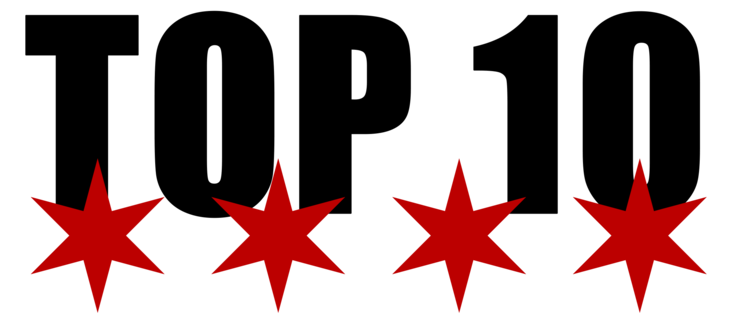
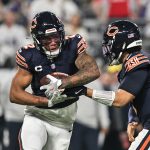

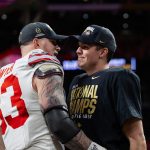


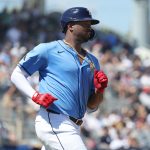
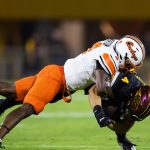
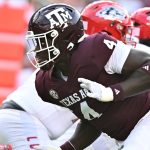


I agree completely with GrinBearIt. It’s the o-line that’s the biggest difference between ’18 and ’23. It’s too early to telI but I would also say I am much more hopeful about the draft picks Poles made this year and last. When you look at the list of picks in 2018, 4 of them were complete busts. Miller had some moments but fizzled. Only Tarik worked out well and became a viable weapon (I really miss that guy by the way). I would say Montgomery worked out too but now hes a Lion so screw him. 😁 I already feel… Read more »
I hate any time there is a Fields to Trubisky comparison! Makes the hairs on my neck stand up…
@mike Greene, yes, that was a given. I simply added the OL to what was mentioned because the writer seemed not to mention that part much.
But, if they do well, the real reason is because the defense will ball out, like they did in 2018.
@GrinBearIt, I agree. But not just because of upgrades along the offensive line. Upgrades EVERYWHERE.
QB. WRs. TEs. Each skill position unit is much better.
Maybe even coaching / play calling.
2023 > 2018
I think the 2023 Bears’ offense will be much better than the 2018 offense. Why? Because of the upgrades along the offensive line.